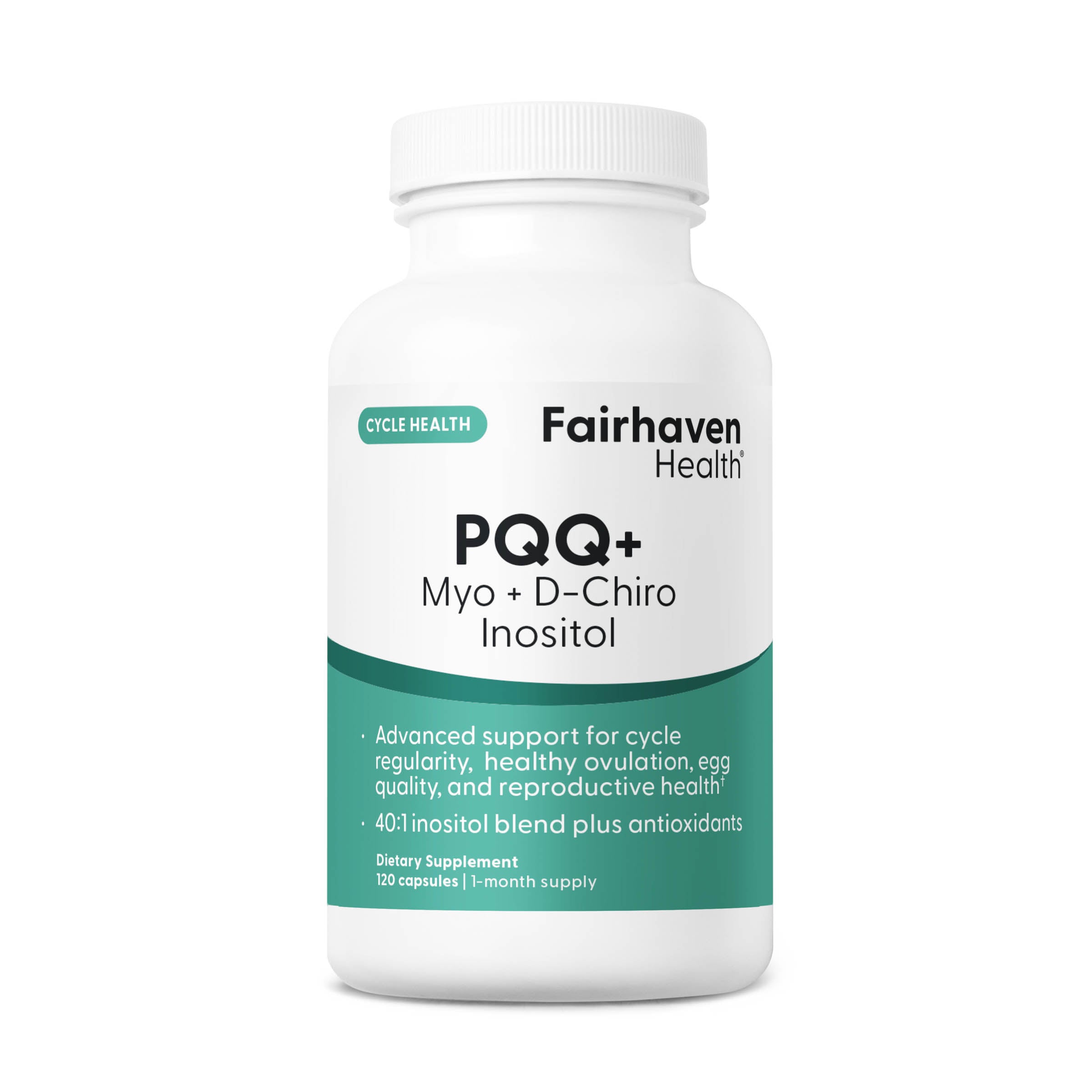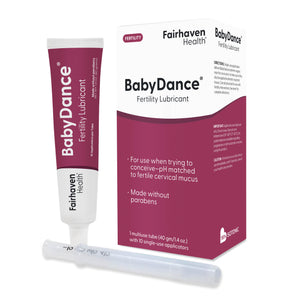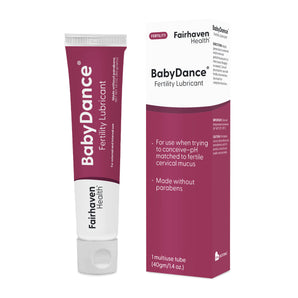How to Increase Your Chances of Conceiving Quickly
Conceiving a baby is not as easy as most people believe. We spend several years of our lives trying to avoid pregnancy through various methods (from the birth control pill to abstinence), and then all of sudden we want to about face and become pregnant overnight!
For a very lucky few, it takes a cycle or two. For most of us, it take months (the average TTC (trying-to-conceive) timeline is at least 6 months or so), and for others it may even take more than a year.
Our parents likely had us when they were in the early or mid 20s. Today, the average age of TTC women is closer to 30. Add work and increasingly stressful lifestyles and TTC is not as easy as it was for earlier generations - that much is sure!
Here's a quick Baby-Making 101 primer to help increase your odds of conceiving! (click the links to learn more about each of the categories listed)
Tracking Ovulation
Much of this website is dedicated to predicting ovulation. Ovulation is the period of peak fertility. Ovulation and pregnancy go hand in hand and the fertilization of the egg following ovulation leads to pregnancy. Therefore, awareness of your fertility cycle is the first step on the path to pregnancy. Every woman's cycle is unique (some cycles are short, some are long) and fertility awareness begins with monitoring your menstrual cycle and being attentive to ovulation symptoms.
Your most fertile period starts about 4 or 5 days before ovulation, and ends about 24 hours following the release of the egg. Because the sperm can live in a woman's body for 5 days or so, a woman's fertile period is actually longer than the 24 hour live-span of the ovum. To increase your chances of conceiving and becoming pregnant, predicting the days of peak fertility - and more specifically predicting the date of ovulation - is key.
Symptoms of Ovulation
Learn to "read your body" for natural signs of ovulation. These include changes in cervical mucus, changes in cervical position, and ovulation pains (mittelschmerz).
Cervical Mucus
Directly prior to ovulation, cervical fluid will increase greatly, and now the mucus will be semi-transparent, slippery, with the consistency of "raw egg white". This is your most fertile period and ovulation will take place at about this time.
Ovulation Pain (Mittelschmerz)
Ovulation signs include pains, or Mittelschmerz, which occur right around the time you ovulate. The pain is centered around your lower abdomen, and may last anywhere from a few hours to days. Ovulation pains can be used as a secondary fertility sign-that is, taken with the many other symptoms of ovulation, these pains will create a more accurate representation of your fertility.
Basal Body Temperature
As part of fertility charting, the BBT method requires you to monitor your temperature every morning, first thing! Body temperature changes are due to the increase of progesterone in your system. At the onset of ovulation, your body temperature will rise between 0.4°F and 0.8°F - or more. The physiological purpose of the temperature increase is to create a warmer, more fertile environment for the fertilized egg. A BBT thermal shift tells you that ovulation has taken place. It's important to record this data (as well as other symptoms of fertility) with a fertility chart. Observing patterns in you fertility charts allow you to predict peak fertility.
Ovulation Calendar
An ovulation calendar allows you to understand your ovulation cycle. Like fertility charting, the ovulation calendar method allows you to chart your fertility and recognize general patterns in fertile and infertile phases. The calendar method involves keeping a written record and helps you predict ovulation by understanding the history of your menstrual cycles. An ovulation calendar or calculator, is most useful for women whose menstrual cycles are regular.
Ovulation Tests - OPKs and Saliva Tests
Ovulation Predictor Kits (OPK) can be used during the middle of your cycle, prior to ovulation to anticipate and predict fertility. OPKs work by detecting an increase in luteinizing hormone (LH) in your urine. Before ovulation, you will notice a spike in LH. The rise in LH occurs approximately 36 hours before ovulation, indicating peak fertility. The best time to use these tests is between 2 and 8 p.m. First morning urine is not recommended. Having intercourse the day of the LH spike and the two days after should help ensure a successful pregnancy.
Ovulation microscopes test your saliva to help indicate your most fertile time of month. During ovulation, the rise in estrogen increases the salinity of your saliva. This alters the composition of your saliva and forms crystalline structures (ferns or ferning patterns) that can be seen through an ovulation microscope. Test saliva first thing in the morning, before drinking water, brushing teeth or eating. Record the results in your fertility chart. A combination of ovulation testing methods is the best way to focus on fertility.
Fertility Supplements
Both men and women often turn to supplements to help boost their chances of conception. These supplements are targeted to the specific needs of men and women based on their fertility challenges. Some women may need general fertility support, while others may require supplements targeting specific issues, such as menstrual cycle regulation or cervical mucus production. Some men may need general fertility support, while others may require supplements targeting specific issues, such as motility or count. To determine which supplements would best suit your needs, we’ve created comprehensive guides to Fairhaven Health women’s fertility supplements and men’s fertility supplements.







